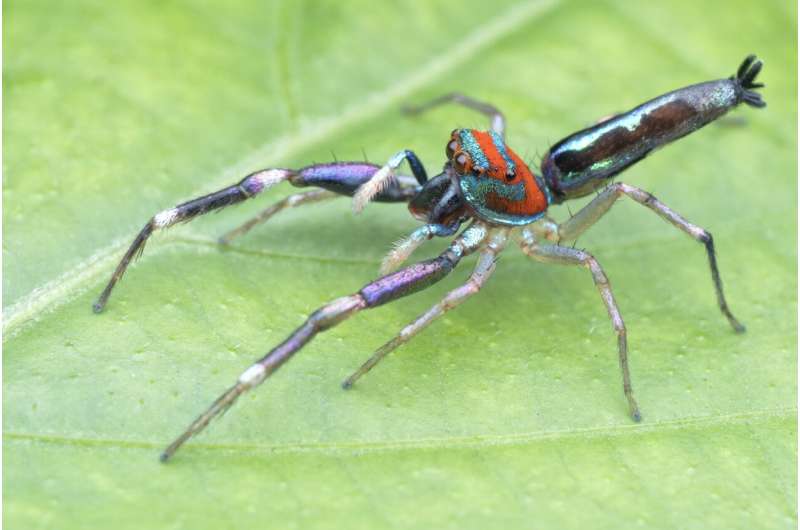Natural history collections hold a wealth of data that can help address global challenges, but current practices limit scientific progress. This post explores how the use of unique digital specimen IDs, known as Digital Object Identifiers (DOIs), is streamlining and future-proofing biodiversity research. These DOIs enable better data linkage, facilitate automated workflows, and allow for citing individual specimens in publications – a game-changer for interdisciplinary collaboration. Dive in to learn how this innovation is transforming the way we study and preserve our natural world.Natural history, biodiversity

Bridging the Data Gap
Natural history collections are indeed repositories of invaluable information, embracing unparalleled knowledge on bio- and geodiversity of the Earth. Yet a big barrier for researchers has been the absence of effective linkages between specimen-based data and other types of related information, such as ecological and genomic data.
Enter the Digital Object Identifier (DOI), a platform to identify an individual digital specimen from the broad network of information — this is transforming the way that scientists can work with these new resources. As in a books’ ISBN or ORCID for a scientist, a DOI is unique and persistent; it tells us everything we need to know about what makes the specimen described. With a DOI allocated to every digital specimen, researchers reduce the barriers between types of data that are relevant to their research and scattered across various structured databases, making interdisciplinary collaboration easier and enabling new forms of scientific discovery.
Metadata — Unlock the Power
Digital specimen DOIs that one can associate with metadata beyond just the URL are major asset. In addition, unlike other persistent identifiers, DOIs allow the incorporating within them of information about the specimen such as its name and catalog number. This metadata is accessible without having to load the entire data object, allowing AI systems to traverse these sprawling networks of digital specimens and generate new functionalities automatically.
This metadata-heavy ideotype increases the effectiveness of the research on biodiversity. Now scientists can more easily access essential information that could otherwise be buried deep in a database, by hand searching through it, likely saving time and resources. And through the use of digital specimens that can be linked to other data sources, such as ecological and genomic information, a fuller picture of the natural world emerges – one that enables science-based decision-making and targeted conservation.
Publication: Citation of Individual Specimens
A second revolutionary feature of digital specimen DOIs is their capacity to be cited in scholarly publications, rather than solely at the dataset level. This way, researchers can reference specific specimens for their work and provide more detailed and precise documentation the findings.
This is especially important for studies looking at a subset of an organism or collection. Instead of having to say, ‘Well it’s some plant that grew 50-100 years ago and this is a description based on looking at a lot of them and these are the things that all share.’ This promotes research that both fewer scientists and collaborators can leverage as well and build off of each other’s work.
It has the potential to fundamentally change the way natural history research is performed and communicated, enabling scientists to cite individual digital specimens to support an argument and ‘blurring’ the boundaries between related papers.
